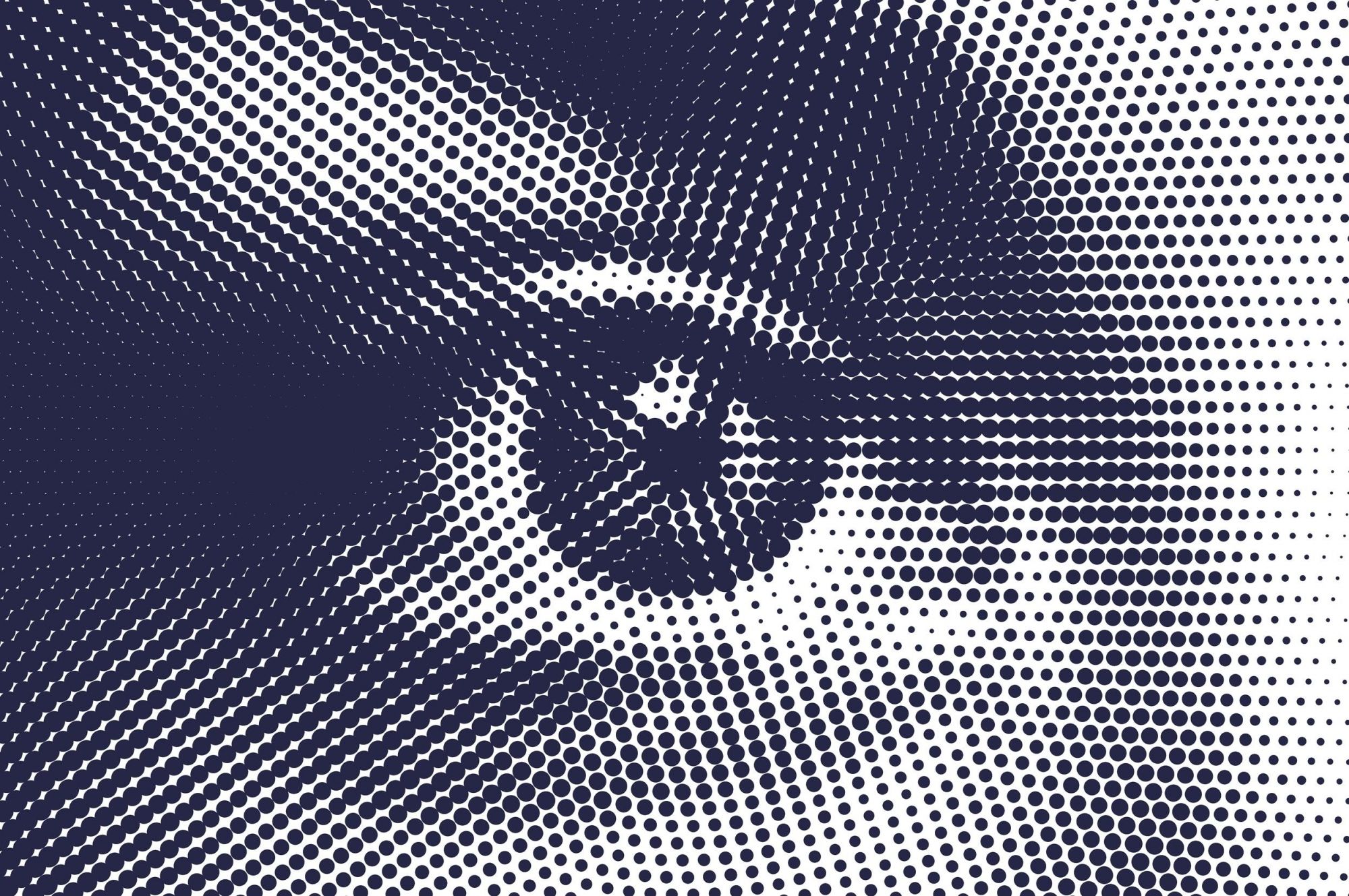The Influence of Technology on Contemporary Art
Technology
has
always
played
a
role
in
shaping
artistic
expression,
but
in
the
digital
age,
its
impact
on
contemporary
art
is
more
profound
than
ever.
From
artificial
intelligence
to
virtual
reality,
artists
are
using
technology
not
just
as
a
tool
but
as
an
essential
part
of
their
creative
process.
This
transformation
has
expanded
the
boundaries
of
art,
challenging
traditional
forms
and
opening
new
possibilities
for
storytelling,
engagement,
and
meaning.
One
of
the
most
significant
influences
of
technology
on
contemporary
art
is
accessibility.
Digital
tools
like
tablets,
graphic
design
software,
and
3D
modeling
programs
have
allowed
artists
to
experiment
in
ways
that
were
previously
impossible
or
prohibitively
expensive.
The
rise
of
platforms
like
Instagram,
Behance,
and
NFTs
(non-fungible
tokens)
has
also
democratized
art
distribution,
allowing
artists
to
bypass
traditional
gatekeepers
such
as
galleries
and
auction
houses.
With
digital
art
now
widely
accepted
as
a
legitimate
form,
contemporary
artists
can
reach
a
global
audience
instantly.
This
has
blurred
the
line
between
artist
and
audience,
as
social
media
enables
direct
interactions,
real-time
feedback,
and
collaborations
that
were
unthinkable
a
few
decades
ago.
AI-generated
art
has
been
one
of
the
most
debated
advancements
in
the
art
world.
Programs
like
DALL·E,
Midjourney,
and
DeepDream
allow
artists
to
generate
complex
visuals
through
algorithms.
Some
artists
use
AI
as
a
collaborator
rather
than
a
mere
tool—inputting
parameters
to
create
works
that blend
human
intention
with
machine
unpredictability.
While
critics
argue
that
AI
lacks
the
human
touch,
others
believe
it
enhances
creativity
by
providing
new
forms
of
inspiration.
AI-generated
portraits,
surreal
landscapes,
and
intricate
patterns
have
redefined
how we
think
about
authorship
and
originality
in
contemporary
art.
Virtual
reality
(VR)
and
augmented
reality
(AR)
have
added
immersive
dimensions
to
art.
Museums
and galleries
now
incorporate
VR
experiences,
allowing
audiences
to
step
inside
a
painting
or
explore
a
digital
environment
crafted
by
the
artist.
AR
has
transformed
public
spaces,
with
artists
using
apps
to
overlay
digital
art
onto
physical
locations,
blurring
the
line
between
reality
and
imagination.
galleries
now
incorporate
VR
experiences,
allowing
audiences
to
step
inside
a
painting
or
explore
a
digital
environment
crafted
by
the
artist.
AR
has
transformed
public
spaces,
with
artists
using
apps
to
overlay
digital
art
onto
physical
locations,
blurring
the
line
between
reality
and
imagination.
 galleries
now
incorporate
VR
experiences,
allowing
audiences
to
step
inside
a
painting
or
explore
a
digital
environment
crafted
by
the
artist.
AR
has
transformed
public
spaces,
with
artists
using
apps
to
overlay
digital
art
onto
physical
locations,
blurring
the
line
between
reality
and
imagination.
galleries
now
incorporate
VR
experiences,
allowing
audiences
to
step
inside
a
painting
or
explore
a
digital
environment
crafted
by
the
artist.
AR
has
transformed
public
spaces,
with
artists
using
apps
to
overlay
digital
art
onto
physical
locations,
blurring
the
line
between
reality
and
imagination.
Artists
like
Refik
Anadol
create
data-driven
visual
experiences
that
evolve
dynamically,
reacting
to
human
movement
and
environmental
factors.
These
new
formats
challenge
traditional
static
artworks,
making
art
more
interactive
and
experiential.
The
emergence
of
blockchain
technology
and
NFTs
has
revolutionized
how
digital
art
is
bought,
sold,
and
owned.
By
giving
digital
artists
a
way
to
create
scarcity
and
authenticate
ownership,
NFTs
have
challenged
the
traditional
art
market.
This
has
led
to
multi-million-dollar
sales
of
purely
digital
works,
with
artists
like
Beeple
making
headlines.
While
the
NFT
market
has
faced
volatility
and
criticism,
it
has
also
empowered
many
emerging
artists
to
monetize
their
work
without
relying
on
galleries
or
auction
houses.
The
decentralized
nature
of
blockchain
ensures
that
artists
can
receive
royalties
for
future
resales
of
their
work,
something
rarely
seen
in
traditional
art
markets.
The
intersection
of
technology
and
art
raises
complex
ethical
and
philosophical
questions.
Who
owns
AI-generated
art—the
artist,
the
machine,
or
the
developer
of
the
AI?
Can
a
digital
work
have
the
same
emotional
impact
as
a
physical
painting
or
sculpture?
How
does
an
artist
maintain
authenticity
in
an
age
of
infinite
digital
reproduction?
These
debates
will
continue
as
technology
evolves,
but
one
thing
is
clear:
contemporary
art
is
undergoing
a
radical
transformation.
As
artists
experiment
with
new
tools,
the
definition
of
art
itself
is
expanding,
embracing
the
possibilities
of
the
digital
age
while
retaining
the
timeless
quest
for
meaning
and
human
connection.
Technology
is
not
replacing
traditional
art—it
is
redefining
it.
The
fusion
of
digital
innovation
with
artistic
vision
has
created
new
frontiers
for
storytelling,
audience
engagement,
and
artistic
expression.
Whether
through
AI,
VR,
or
blockchain,
contemporary
artists
are
pushing
boundaries
and
challenging
conventions,
proving
that
art
remains
an
ever-evolving
reflection
of
the
world
around
us.
As
technology
continues
to
evolve,
so
will
contemporary
art,
shaping
new
narratives
that
connect
past,
present,
and
future
in
ways
we
have
yet
to
fully
comprehend.
Do
you
have
more
questions
about
contemporary
art?
Feel
free
to
contact
us
for
more
information.
Preview
our
exhibitions or browse
our
artworks
to
see
contemporary
African
and
African
American
and
purchase
artwork
for
your
home
or
business.
